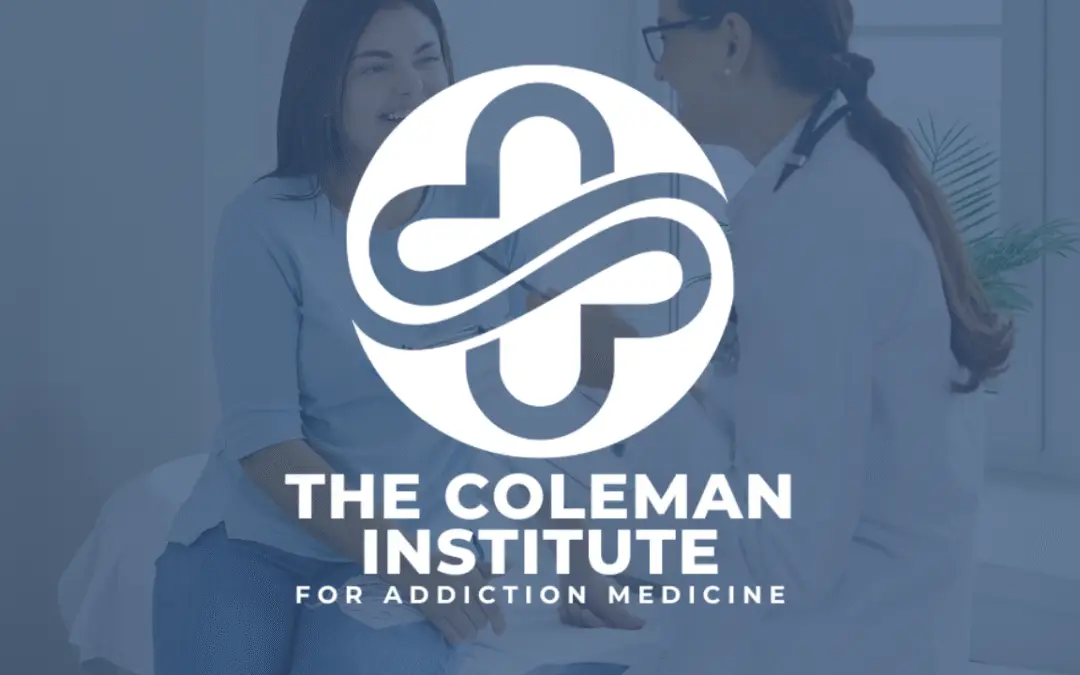Recently, the New York Times ran an article proposing that most opiate addicts should receive Medication-Assisted Treatment (MAT). I couldn’t agree with them more. Success rates for patients with opiate addiction who are not treated with any form of MAT are horrible.
Medication-Assisted Treatment
An important study I have quoted for many years made this abundantly clear. The study was out of West Coast. It followed patients who went into a hospital to start their recovery from opiate addiction. About a quarter of the patients were not even able to complete the detoxification.
The others were all offered good treatment options - 28-day inpatient rehab, outpatient counseling, recovery residences, etc. And, all these patients were motivated. They went into a hospital to get clean. But, there is something about opiate addiction that has a higher likelihood of relapse than other addictions. Hence, the need for MAT.
Opioid Treatment Options - Using Methadone, Suboxone, or Naltrexone
The challenge is many physicians have little or no experience with naltrexone therapy, so when they think of MAT, the only options they think about are methadone and Suboxone. Even the New York Times article recommended MAT, but the article did not once mention naltrexone.
Suggested Read: 3 Important Differences Between Suboxone and Naltrexone Therapy for People Addicted to Opioids
Methadone
Methadone has been used since the 1970s. Experience and numerous studies show that methadone does cut down on crime rates and street drug use. But, most patients do not like being on it, and of course, it is much more addictive than heroin. It is also more difficult to detox off methadone than it is to detox off heroin.
Suggested Read: How Do I Get Off Methadone?
Suboxone
The other MAT that most physicians think of is Suboxone. Suboxone has been approved as a treatment since about 2002. When it was first approved, it seemed like it could be a miracle cure.
Patients reported reduced cravings and they used fewer street drugs. But over time, we have found there is quite a lot of abuse of Suboxone and the long-term success rates are not particularly high. In fact, a recent study followed a group of adolescents who were started on Suboxone while in an inpatient unit. Within only 2 months, half of them had relapsed and discontinued treatment. At the end of 12 months, only 10% of the group were abstinent – hardly a perfect treatment.
Suggested Read: Switching from Suboxone® to Naltrexone
UNDERSTANDING ACCELERATED OPIOID DETOX
Naltrexone
Naltrexone is the other Medication-Assisted Treatment that is now gaining more acceptance in mainstream medicine. For some time, naltrexone has been available as an oral tablet that lasts for about one day. It is effective if people take it, but in the real world, most people do not take it for more than a day or two. In some settings, particularly when probation officers observe people taking oral naltrexone, it can be effective. But, it is almost never effective if it is not being actively supervised.
In fact, there is some thought that the act of taking the oral naltrexone could actually be a trigger, and thereby increase relapse rates. Some patients report that taking daily oral naltrexone actually reminds them they could use it if they wanted to and they sense their cravings go up.
Suggested Read: Naltrexone: Medication-Assisted Treatment For Opioid Use Disorder
Does Naltrexone Work?
Naltrexone does work if patients are “encouraged” to take it over a long period of time. If the naltrexone is medically put into patients and they can’t “not take it”, it is extremely effective.
For over 18 years, we have been using two-month naltrexone implants and our patients have great results. Because they last a longer period, our patients rapidly accept the reality that they can’t use and they do better getting on with their lives. Most report their cravings completely go away.
Vivitrol
Over the last several years, Vivitrol has become available as a one-month injection, and it too is very effective. Because it is FDA-approved it is usually covered by insurance, and so a lot more doctors are more familiar with it.
Extended-Release Naltrexone Study
In fact, a landmark study was just published in the New England Journal of Medicine (NEJM).
In the study, Dr. Lee and his colleagues followed about 300 patients who were involved in the criminal justice system. Half of the patients received monthly shots of Vivitrol for 6 months, along with some counseling. The other half only got the counseling.
Naltrexone and MAT Success Rate
The patients who received the Vivitrol had a 57% success rate with no relapse, which is a remarkable finding. This is so much better than the 3% rate for patients without MAT. The other interesting result of this study was that the patients in the Vivitrol group had no overdoses, while the patients in the group that only received the counseling, had 5 overdoses.
Conclusion
It is exciting for me to be working in a treatment system where we are able to use the naltrexone version of Medication-Assisted Treatment (MAT) in all our patients. After every opiate detoxification, we insist on either a 2-month naltrexone implant or Vivitrol injection.
At the Coleman Institute, we see incredible success with our patients. Since we recommend that our patients stay on naltrexone therapy for 12 months, we have the opportunity to see most of them back for follow-up visits. Our patients and their families are very grateful.
One of our biggest issues now is convincing patients to stay with treatment. They often feel so good; they start thinking they can stop the Medication-Assisted Treatment.
The evidence is clear: naltrexone should be continued for at least 12 months.
More like this: Naltrexone Therapy Might Be The Right Choice
Last Updated: January 17, 2022


